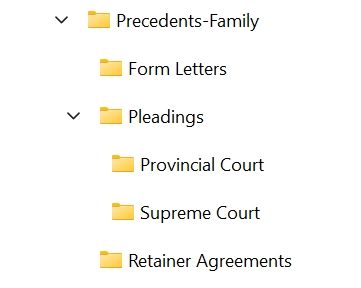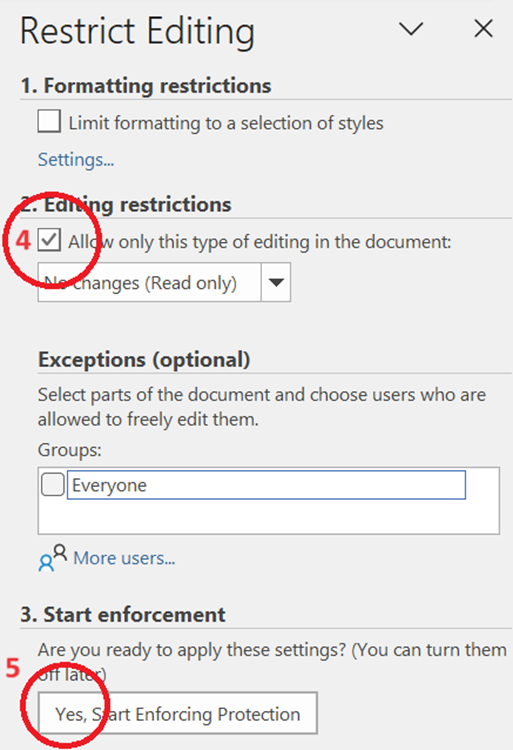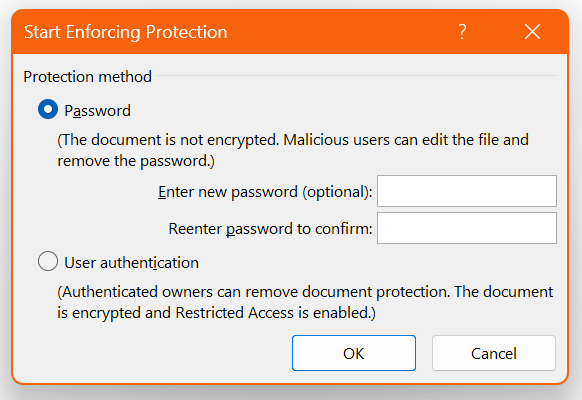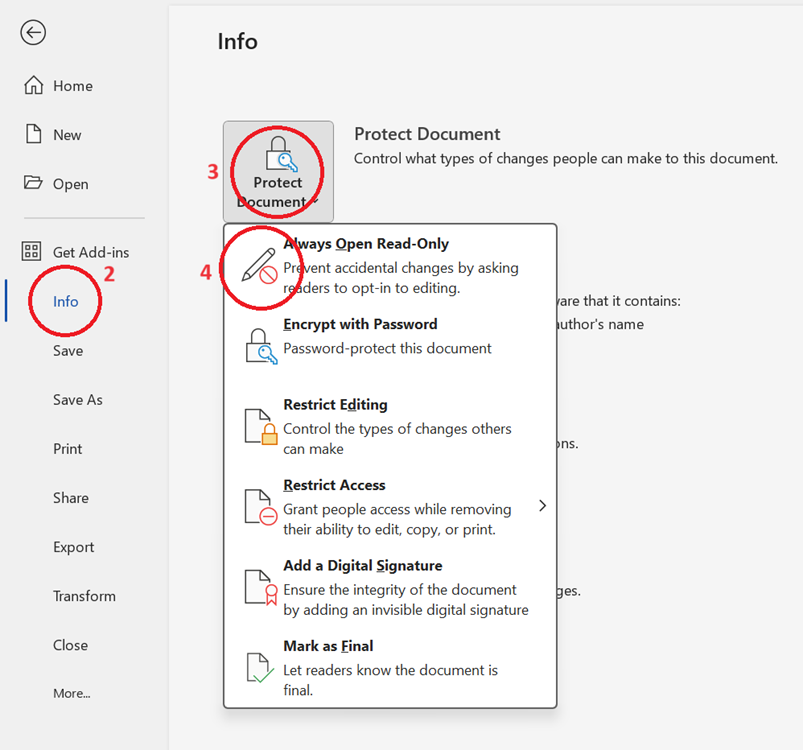
Check out these law office organization tips and file management methods that can help you and your firm in handling your important files

While almost all of us are digitally creating our documents, not everyone uses document management software or has a system in place for organizing the files on their computers. For those who do not, much time is often wasted searching for data and files that are sitting on the computer or network we are using.
In this article, we will share with you some law office organization tips if you don’t use document management software. We’ll also touch on existing document management software, its advantages, and see how you can benefit from it.
This article is especially for small law firms. Apply these law organization tips early on to instill a culture of discipline, efficiency, and productivity in your law practice.
Here are the top 10 law office organization tips to help you organize your files, keep them safe, and for an easier process when retrieving them:
Whether it be through a network, or a file-sharing system, having all your firm’s files in just one location will save you time.
It does not only help when creating documents, but also when accessing it again, or looking for it over a mound of many other files.
If you work off a network, you can then organize your files in one central place – which is on the server – where they can be easily accessed by everyone using the network.
This makes it easier to find files and run backups. If you have remote access to your server, it is also easier to access files from off-site when you’re away from your office.
Editing documents with another colleague through a network or file-sharing system can also be done either simultaneously or in real time.
Having everything in one network – or in a cloud – can also save you storage space in your personal devices. There is also no need to manually download the same files to all your devices.
Once mapped in a PC, this will give you easy access to the network from your File Explorer in Windows. For Mac users, the network can be found in the Finder sidebar under Locations.
Another benefit is that you won’t need to look for the network drive repeatedly, such as by manually typing its network address each time.
As will be discussed later, having subfolders in your central storage is another law office organization tip. But how should you organize these folders? Check out this video to find out:
Our Legal Technology page has other resources if you’re looking for software and programs to help you with your law office organization system.
You must also be consistent in how you map your firm’s computers to the network. In a PC, if your files are being stored on the “C” drive of your server, identify that drive in the same way on each of your other computers.
For instance, still in a PC, if the “S” drive on your computer is mapped to the “C” drive on the server, name the “C” drive in the same way as each of the other computers.
This will help you because there’s already consistency in your computer interface, especially if you become forgetful of our computer locations at times.
It will also be easier for you or someone else working off the network to explain to another who is working on the same network where to find a particular file or precedent.
Next in these law office organization tips is to store the files in their own dedicated directory.
Do not store them in a directory with program files. Doing so increases the risk of accidentally deleting the files when you install, upgrade, or delete programs on your computer.
In a Windows computer, that is usually the “C” drive. Although, it’s a different story for Mac users, since a program files folder is not a separate folder just like a “C” drive in Windows.
Another law office organization tip is to organize your files by kind or by type to separate all files of a similar matter from another set.
Aside from not mixing different files, it will also be easier when looking for a specific item. This is also necessary whether you’re working with or without a network or web storage (e.g. Dropbox or Google Drive).
For instance, create one file for “precedents” and another for “file documents.” It can also be separated per practice area, or per year that a matter was engaged in.
Branding your folders is also an important tip, so that files within these folders are not a clutter to the eye, and so that they’re easier to find when looking for one.
For example, when using the search bar, it can easily find what you’re looking for, since keywords are used in your filename or folder name.
If you are a family law lawyer, the directories and sub-directories within your precedent folders may be organized as follows:

Your file folders, on the other hand, can be organized as follows:

Your personal files for research and academic purposes must also be separated from the folders containing case matters.
These suggestions apply to your personal computer or your shared network and to file-sharing systems where you and your team are using.
When working with client files, consider creating a separate directory for “open” and “closed” files. Separating open and closed files will help keep your open files organized and up to date.
It also makes it easier for others when they access the open file directory to find a particular file.
This is also helpful when organizing files for regular clients, who have both open and closed matters.
Below are some best practices when creating filenames:
Here are examples applying these law office organization tips to help learn what a filename must contain:
It will all still depend on your own preferences. The point is, when you’re looking at your files within a folder or subfolder, you can easily find what these files are about.
As such, whatever is pleasing to your eye works best.
Related to organizing your filenames and folder names is to ensure that everyone accessing the server sticks with a consistent file-naming convention.
For instance, if you avoid spaces or use all lowercase letters when naming a document on a particular file, everyone must follow this same practice for all the other files.
Maintaining consistency will make it much easier to find a file in future searches.
Another law office organization tip is to create an entirely new file, and under a separate folder when you’re working with another separate case, matter, or issue.
Doing this prevents you from saving over a precedent you may be working from, especially when you’re using the same form repeatedly.
For instance, you created a format for demand letters, since you always send out one. When using the file of your demand letter format, you should use the Save As option and put it in a new folder before editing it.
This will save the file of your demand letter format from being erased, plus making sure that your earlier demand letters are promptly saved elsewhere.
For precedent files or other files that you do not want changed, consider protecting the files against accidental change by making it a read-only file.
To make a Word file as read-only, here are the steps:



Another way of restricting a Word file is setting it as an Always open as Read-Only file through the following steps:


Creating a shortcut to your files on your desktop will speed up how long it takes to find a particular file.
For instance, if your precedents are stored on the C drive of your server, which is identified as the S drive on your desktop, you can go directly there by clicking on the shortcut you created on your desktop.
Compare it to going to your File Explorer and then scrolling down to the appropriate directory on your server.
There are two ways to create a shortcut in your desktop:
If all your files are being stored in one directory, the backup will be relatively straightforward.
Be sure to back up your files on a storage device other than the server itself, such as in your:
The last of these law office organization tips is to install programs that can help you with your file management. There are subscription fees, so you’ll need to factor that into your monthly expenses.
If you’re interested, here are two kinds of programs that can help you with your file management:
For the best practice management software in Canada, see our 2023 Readers’ Choice in legal tech and services. It includes top favourites in legal research, accounting, and other law office management tools.
The primary purpose of a file management system is to ensure that you can quickly find what you are looking for when you need it. Whether it be a case on point, a letter, a pleading, or a document prepared for another file but now needed on a new matter.
Establishing a system tailored to your firm can be a simple process, and the time and effort in creating it will pay off.
Having an effective file management system increases your efficiency as well as your firm’s productivity. Once the system has been created, the key to its success is ensuring that it is consistently followed by everyone using the system.
Still looking for ideas on organization? Check out all fo our legal software reviews for more: